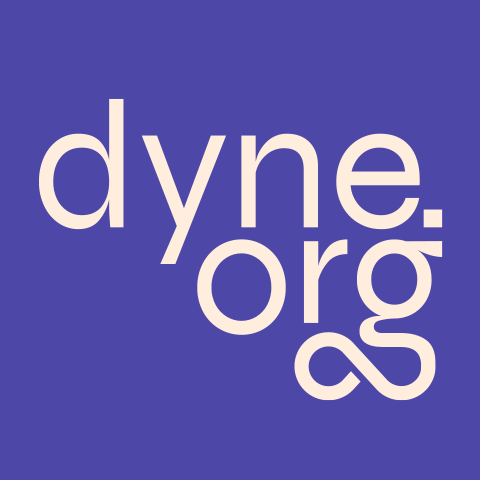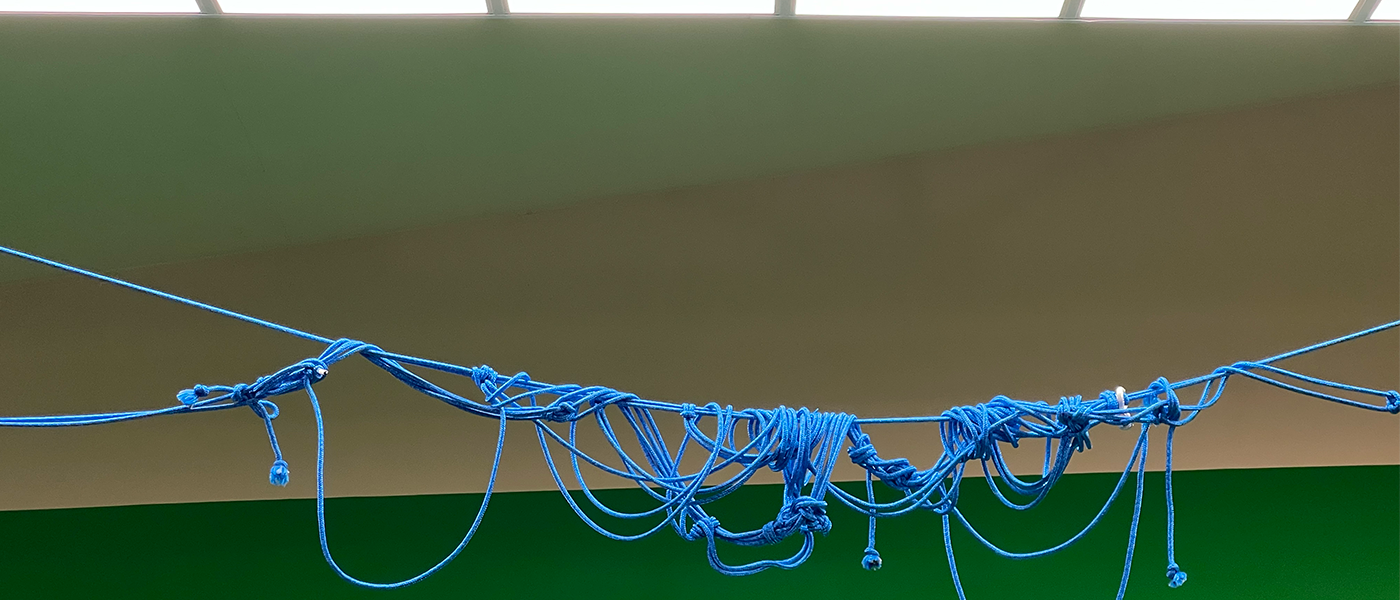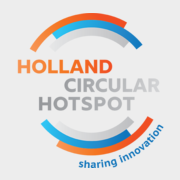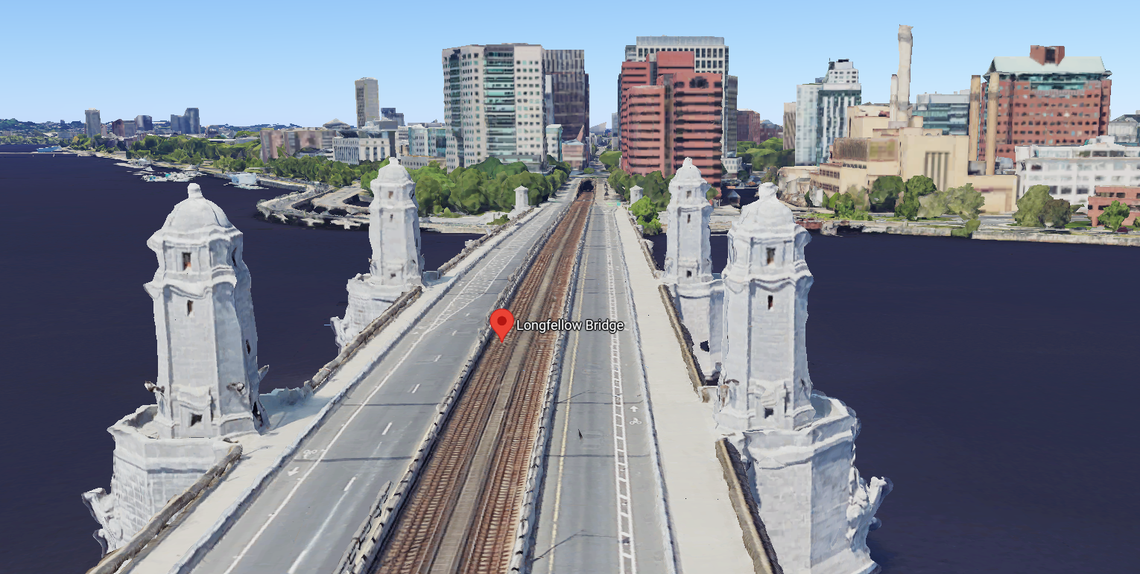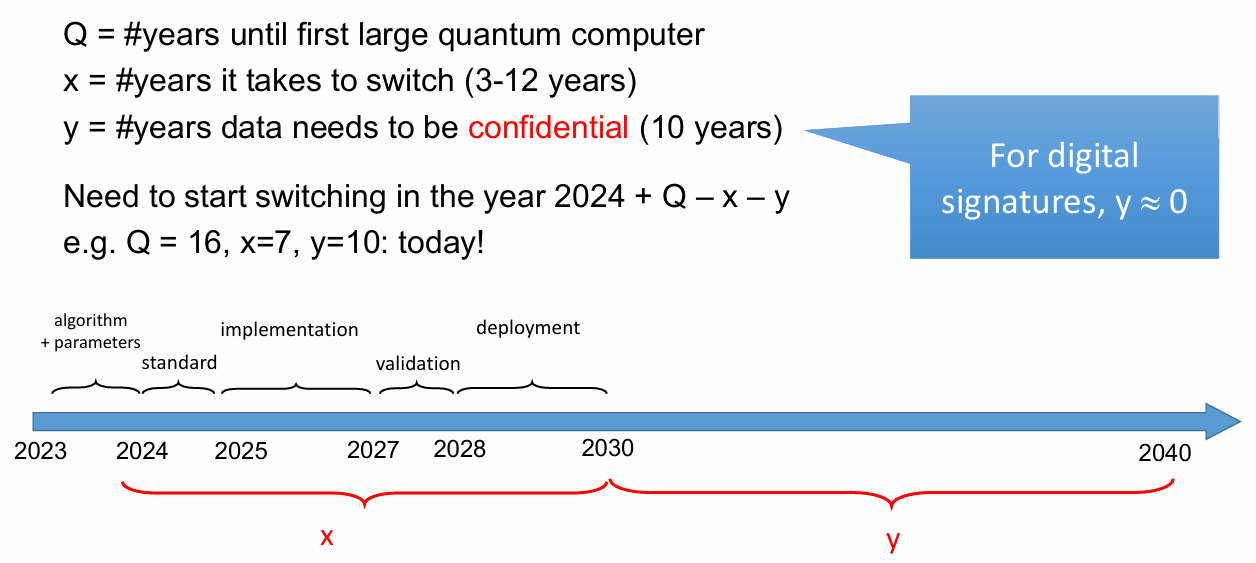Hi. I’m Denis Roio — though some of you might know me as Jaromil, the hacker who spent decades wrestling with code, cryptography, and the politics of technology. My work has never been just about breaking systems, but about building alternatives: tools for autonomy, infrastructures for the commons, and frameworks that put people before profit.
Today, I’m pulling back the curtain on three projects I’m actively involved in — not as a detached observer, but as an applied cryptographer, critical thinker, and sometimes pain-in-the-neck advocate for security by design and resilience. These aren’t abstract utopias; they’re live experiments reshaping Europe’s approach to culture, manufacturing, and strategic autonomy. And they all share a common thread:
using technology to dismantle extraction and replace it with regeneration.
Why This Matters Now
We’re drowning in hype cycles — AI! Blockchain! Metaverse! — while the real levers of power (supply chains, data ownership, material flows) remain opaque. These projects are my antidote:
- PACESETTERS — Turning cultural institutions into transition engines for climate justice.
- LAUDS — Reinventing urban manufacturing as open, circular, and community-rooted.
- CLOSER — Fighting semiconductor dependency by mining e-waste, not the planet.
This isn’t a progress report for funders. It’s a provocation and an invitation: to critique, collaborate, or fork these models entirely. Because the future isn’t a product — it’s a protocol. And like any good protocol, it only works if we build it together.
Dive in. The blueprints are below.
PACESETTERS.eu
Creative Alliances for Climate and Digital Transition

In an era of intersecting crises, PACESETTERS unites 15 partners—cultural institutions, climate scientists, and artistic entrepreneurs—to challenge conventional innovation models. Its goal: redefine competence and competitiveness in the cultural sector by prioritising cooperation over conflict, with a focus on regenerative economies and independent digital infrastructures.
Key Points:
- Systemic Transition
- Bridges "unconventional" places and practices (e.g., rural museum foundations, art festivals) to generate local/global impacts.
- Rejects 20th-century linear models, favouring qualitative scaling and collective intelligences.
- Regenerative Competitiveness
- Reimagines competition as value co-creation, with reinvestment of meta-, user-, and connection-data to benefit artists/communities.
- Promotes revenue models that safeguard authorship while accelerating climate transition.
- Creative Intersections
- Merges climate science, artistic practices, and transversal skills to pioneer next-gen entrepreneurial techniques.
- Explores alternatives to large language models, centering sustainable industries with regenerative material flows.
PACESETTERS embodies a new European alliance, where small cultural organizations become catalysts for systemic change. The challenge? Transform urgency into opportunity by radically rethinking culture’s role in building just and resilient economies.
LAUDS.eu
A new manufacturing paradigm: Local, Accessible, Urban, Digital, Sustainable
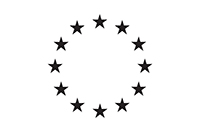
15 European partners are creating urban factories as hubs for open, circular production, reconfiguring value chains through:
- Participatory co-design (artists, makers, SMEs).
- Digital tools for distributed prototyping.
- Local materials and regenerative models.
Core Objectives:
- Re-calibrating Production
- Factories as social spaces: integrate creative communities (e.g., makerspaces) with short supply chains to reduce ecological footprints.
- Example: Urban waste upcycled into small batches, bypassing extractive logic.
- Hybrid Skills
- Trains for future jobs (digital fabrication → circular economy).
- Tools: Open-source knowledge platforms and tutorials.
- Green Transition
- Tackles three European crises:
- Food (low-impact agrifood systems).
- Energy (renewable integration).
- Urban living (inclusive infrastructure).
- Tackles three European crises:
Methodologies:
- 2 open calls (€240K total) to fund art/SME projects.
- Technical framework with digital/physical architectures (e.g., UML for interoperability).
- AI-driven experimental interface to visualise data/flows.
Why Radical?
- Critique of the hyperscaling industry:
- Rejects vertical scaling; embraces glocal networks rooted in the commons.
- Business models that redistribute value (e.g., design data reinvested in communities).
- Sustainability as social practice: Citizens co-design productive spaces.
CLOSER
European Strategic Autonomy in Semiconductor Value Chains

An I3 project (Integrated Innovation Investment) is reshaping Europe’s semiconductor ecosystem by combining:
- Critical Raw Material (CRM) recovery from e-waste.
- Closed-loop regeneration of sustainable chips/microelectronics.
- 32 partners across 8 countries, with 14 industrial pilots (TRL 7-9) and a €14M budget (€9.85M EU-funded).
4 Strategic Pillars:
- Circular Technologies
- Extraction/refinement of CRMs (e.g., silicon, gallium) from e-waste.
- Revamping used semiconductors (cutting import dependence).
- Chip Autonomy
- Aligns with EU Chips Act and Critical Raw Materials Act.
- Cross-regional supply chains (geopolitical resilience).
- Circular Photovoltaics
- Solar panel recycling (e.g., indium recovery) to reduce waste.
- Advanced Digitalization
- Digital Product Passport (DPP) for material traceability.
- Data platforms to optimise recycling flows.
Transformative Impact:
- Economic: Integrated business models (each pilot has a tailored approach).
- Environmental: Cuts mining demand (–50% by 2030 for key CRMs).
- Political: Addresses EU vulnerabilities (e.g., post-pandemic chip shortages).
Challenges & Solutions:
- Technical: Purifying CRMs at competitive costs (vs. global markets).
- Systemic: Coordinating 32 heterogeneous actors (industry, research).
- CLOSER’s answer:
- Scalability via shared investments.
- Synergies with existing policies (e.g., national recovery plans).
Concrete Example:
A German pilot reclaims germanium from discarded medical devices, repurposing it into chips for renewables.
My Role as Applied Cryptographer
I'm focused on developing the Digital Product Passport (DPP) under interoperable EU standards. I've recently published an article on this subject:

The DPP: CLOSER’s Digital Core
Designed to:
- Trace full lifecycles of CRMs (e-waste → regenerated chip).
- Authenticate data on composition, origin, and recycling processes (countering greenwashing).
- Synergise with industrial digital twins, enabling real-time simulations/optimisations.
Strategic Value:
- Fights Planned Obsolescence
- DPP logs repair histories, forcing manufacturers to design for longevity (aligned with EU Right to Repair).
- Transparent Secondary Markets
- Each regenerated chip/solar panel carries a verifiable, unique ID, boosting reuse trust/value.
- Data-Driven Industrial Policy
- Aggregated DPP data guides EU investments in:
- E-waste hotspots (e.g., high-germanium streams).
- Tech gaps (e.g., silicon purification from recycled sources).
- Aggregated DPP data guides EU investments in:
Link to Digital Twins:
- DPP feeds twin models of the supply chain, enabling:
- Scenario testing (e.g., cost impact of +20% recycled CRMs).
- Predictive maintenance (e.g., revamping machinery wear).
- Example: A Belgian extraction plant’s twin uses DPP data to cut processing time by 15%.
Open Challenges:
- Interoperability: DPPs must interface with:
- National systems (e.g., French e-waste databases).
- Global standards (e.g., GS1 for ID protocols).
- Cybersecurity: Preventing DPP forgery is critical to block gray markets.
Key References:
- DPP ↔ Ecodesign for Sustainable Products Regulation (ESPR).
- Parallel projects (e.g., Catena-X for automotive DPPs).
Conclusion
Protocols Over Platforms
These projects — PACESETTERS, LAUDS, CLOSER — aren’t just about solving discrete problems. They’re about rewriting the rules of the game. But let’s be clear: no amount of technical ingenuity will matter if the underlying power structures remain unchanged. That’s where the real fight lies.
Take CLOSER’s DPP (Digital Product Passport): a tool for traceability, yes, but also a trojan horse against planned obsolescence. Or LAUDS’ urban factories, which reject Silicon Valley’s "move fast and break things" in favour of moving deliberately and repairing everything. These aren’t just alternatives—they’re counter-models, built on a simple principle: technology should redistribute power, not concentrate it.
That’s the thread connecting all this work: infrastructure that can’t be co-opted. Not by platforms, not by states, and not by the next "ethical" venture capitalist.
So What’s Next?
If you’re reading this, you’re probably already building something radical. Here’s my challenge:
- Fork wisely. Steal ideas from these projects, but add friction where it matters.
- Demand interoperability. The real test isn’t adoption—it’s whether nodes can talk to each other without a proprietary layer.
- Break your own myths. Even "open" systems ossify. Stay allergic to dogma.
The dystopias we fear (climate collapse, AI feudalism) are already here.
These projects are one way out.
Not the only way. But a way.
Don't give up:
Hack your way out
into the Future.
Make it better.
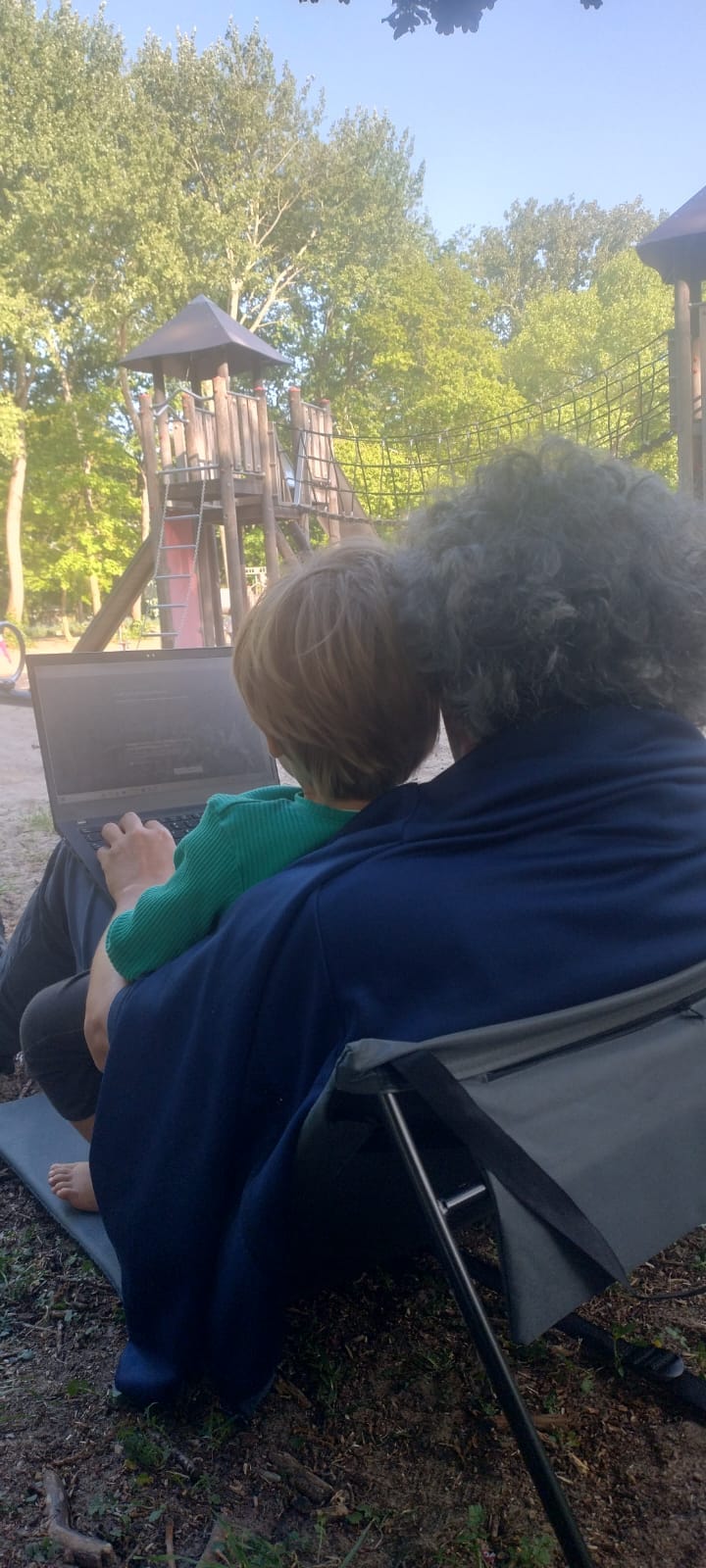
If you'd like to watch a 25" video in which I say more about these and past projects as well explain the techno-political vision of decentralization and freedom behind them, head on to this episode on the Dyne TV channel:
